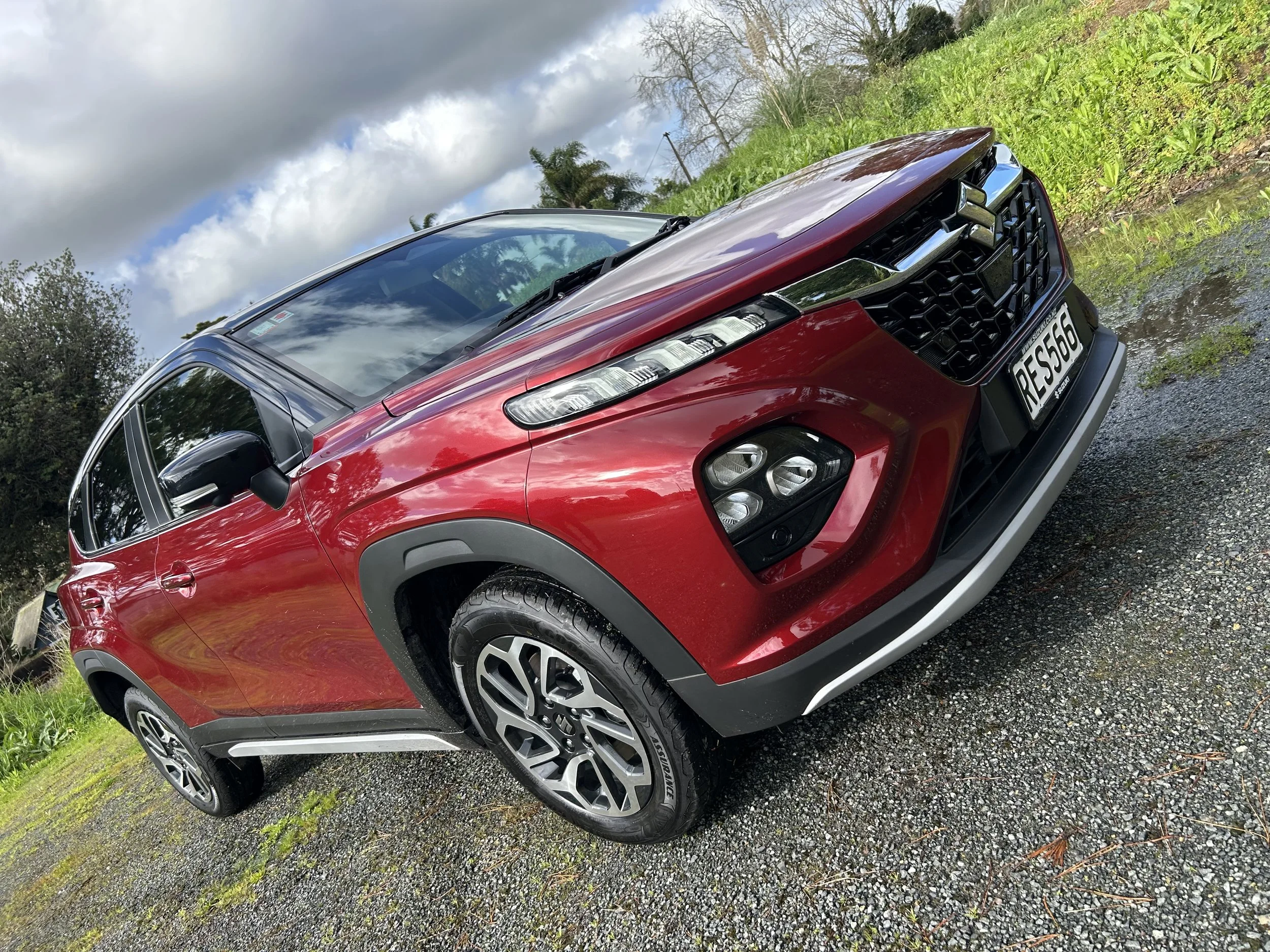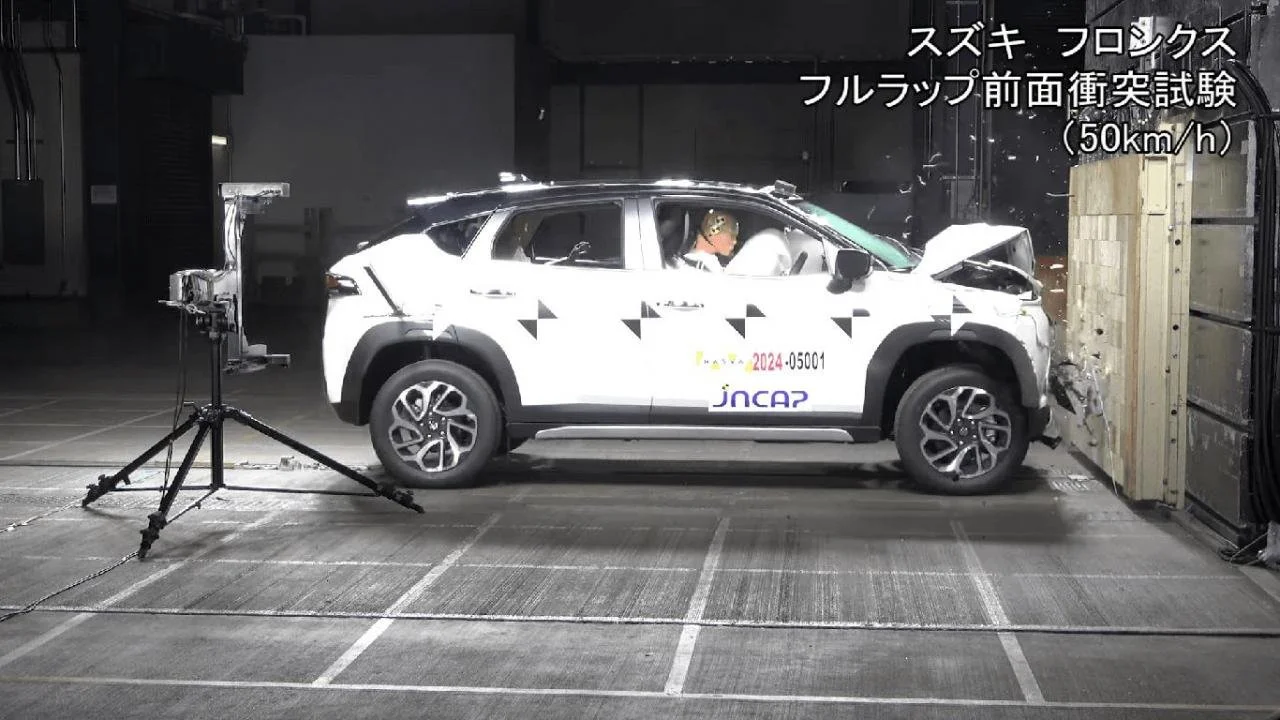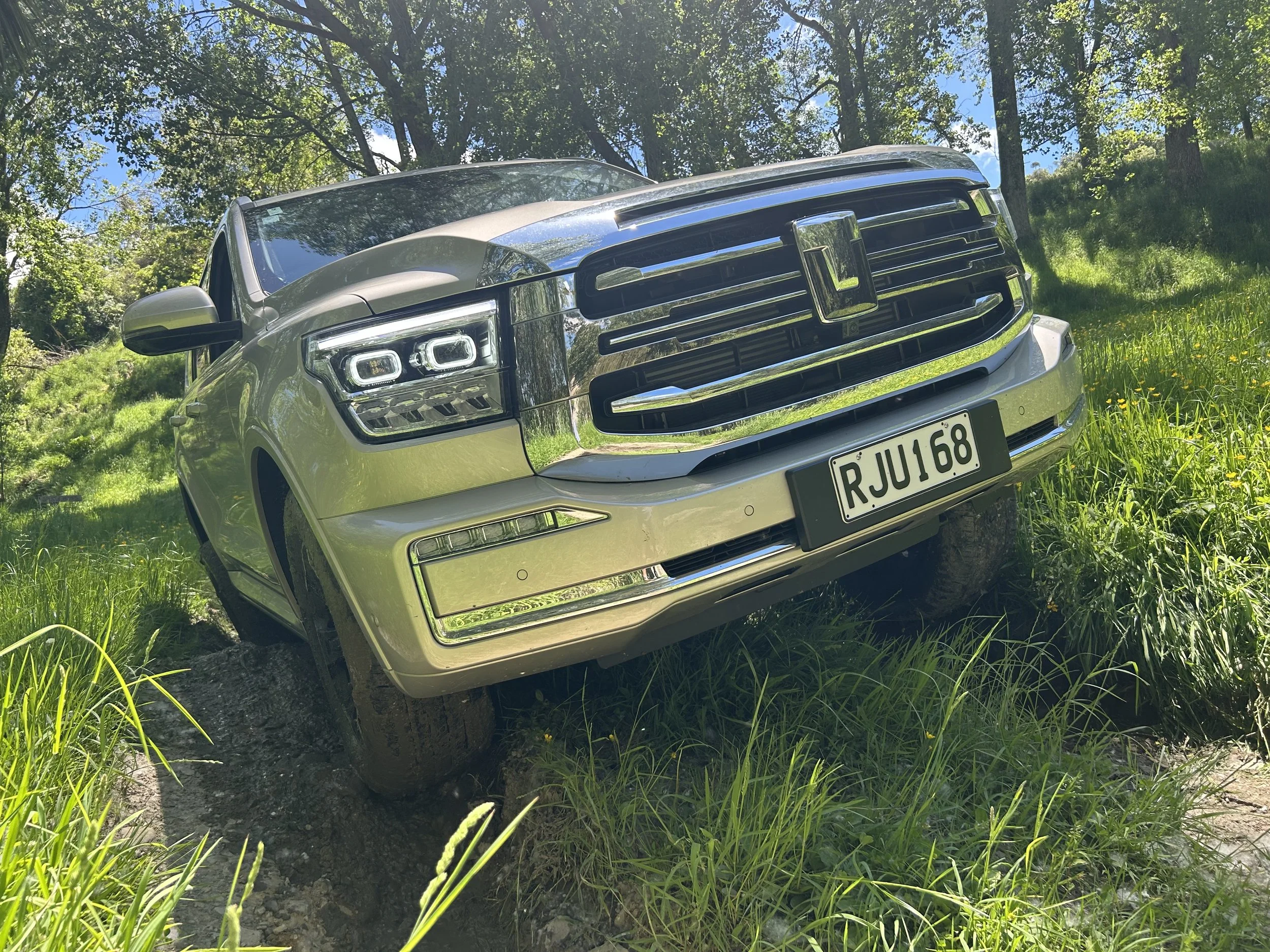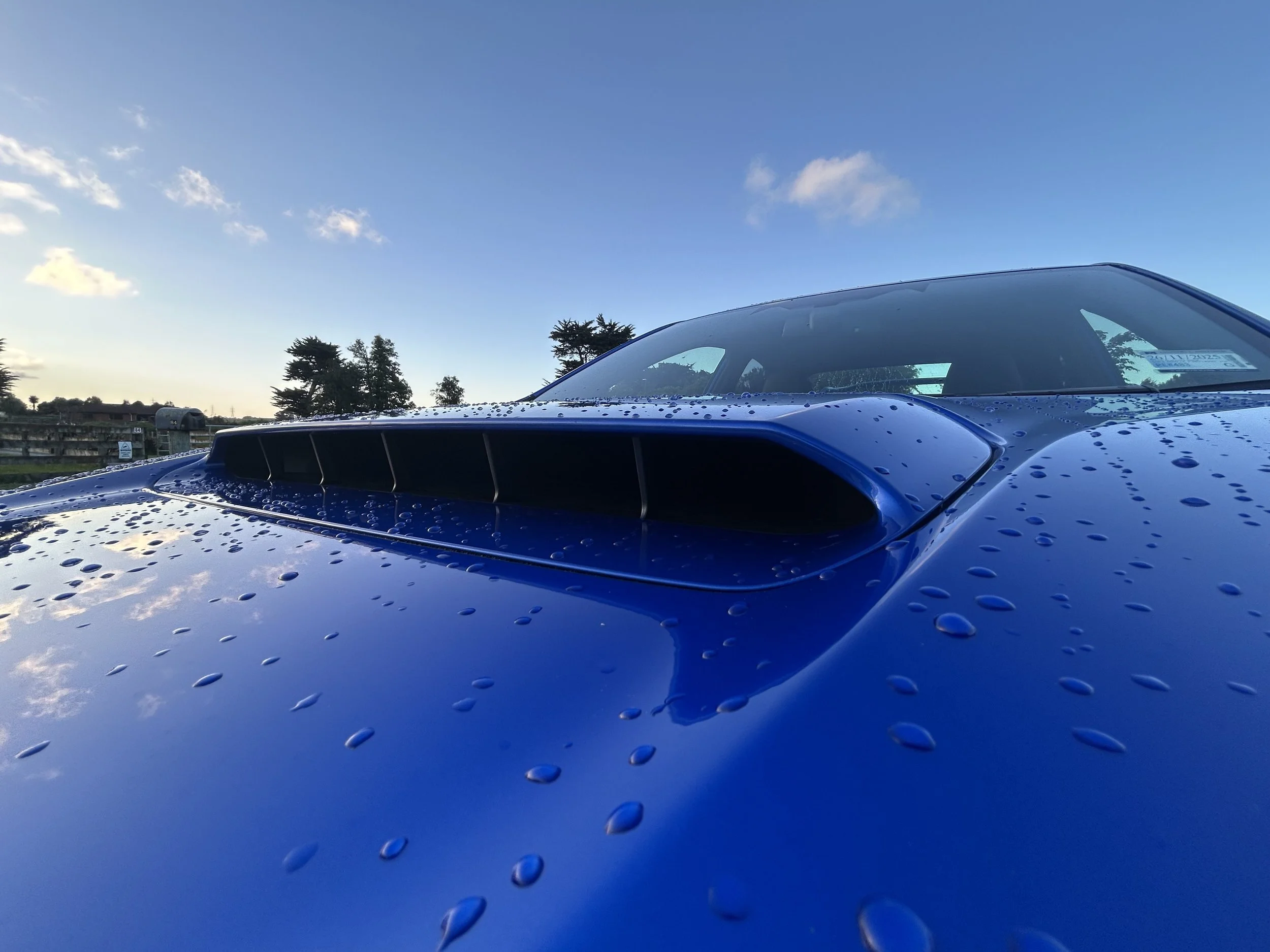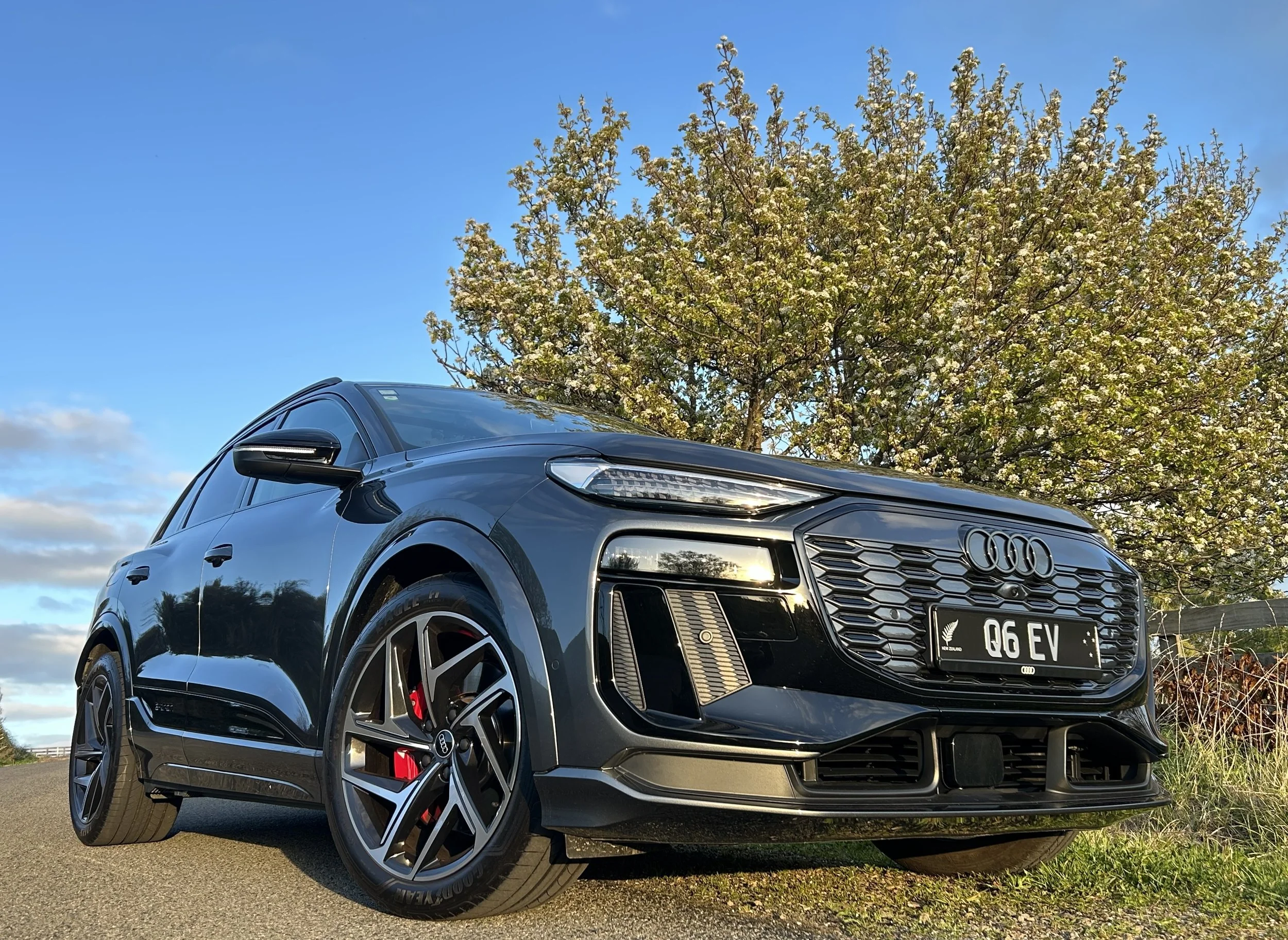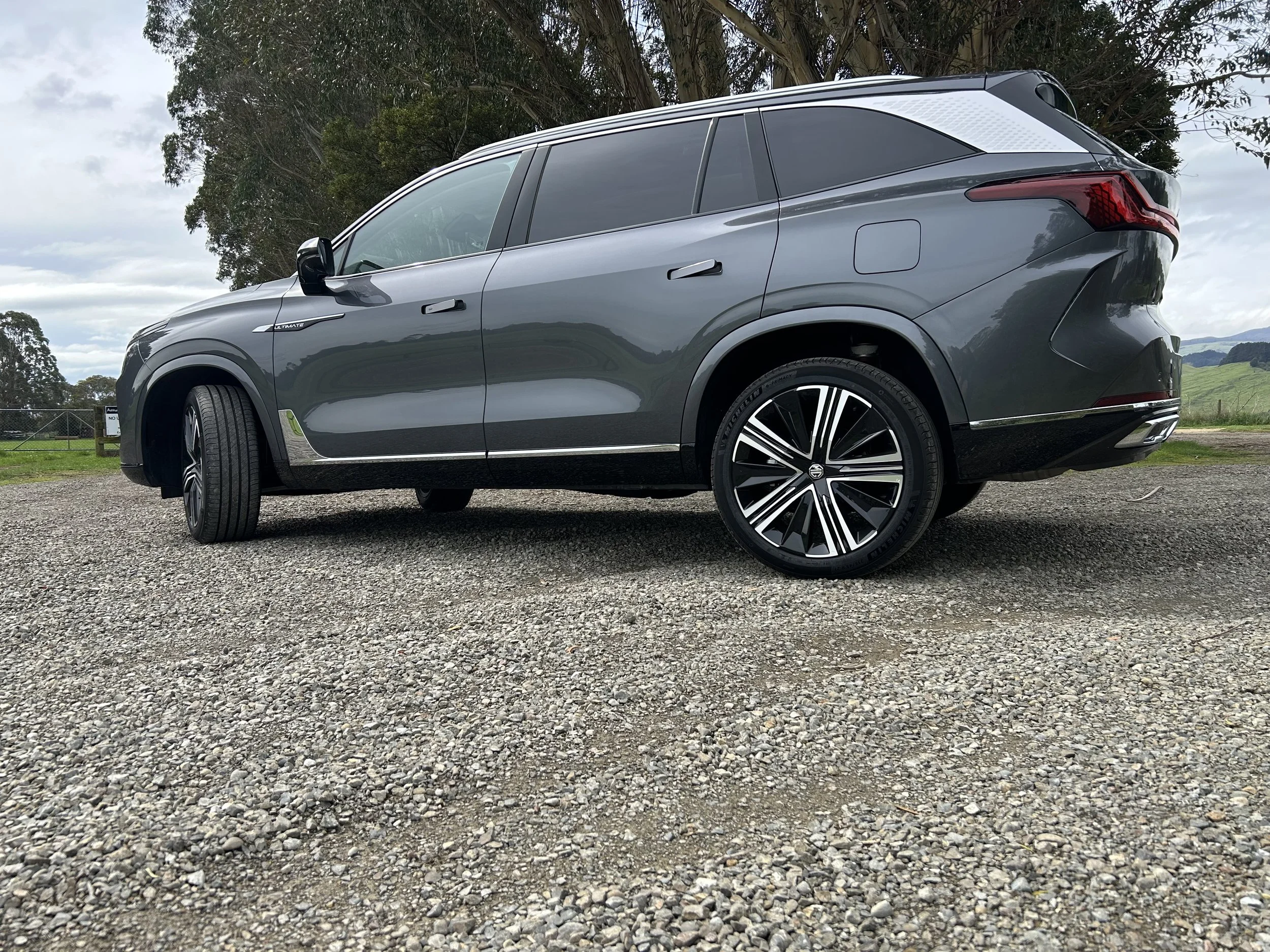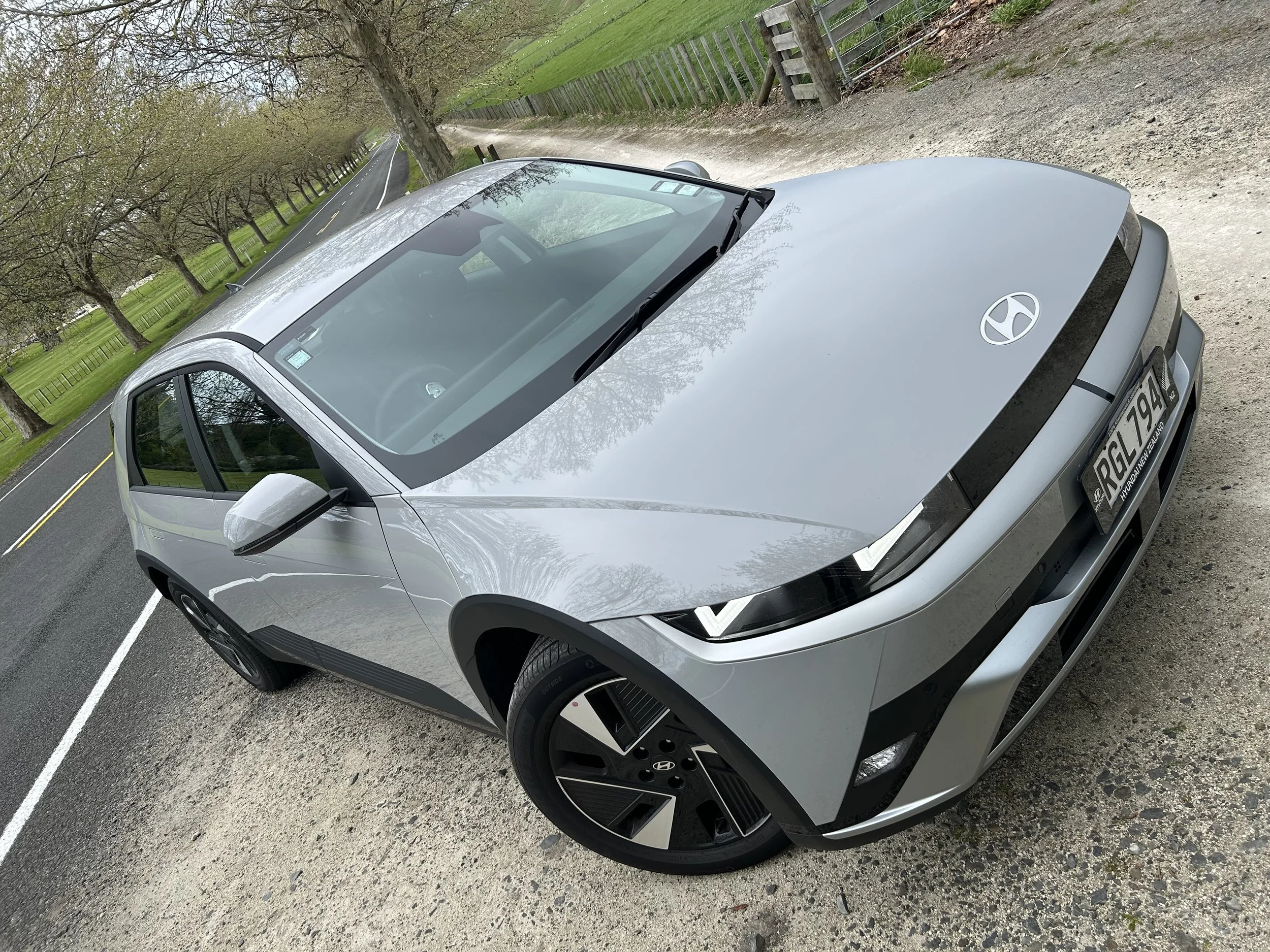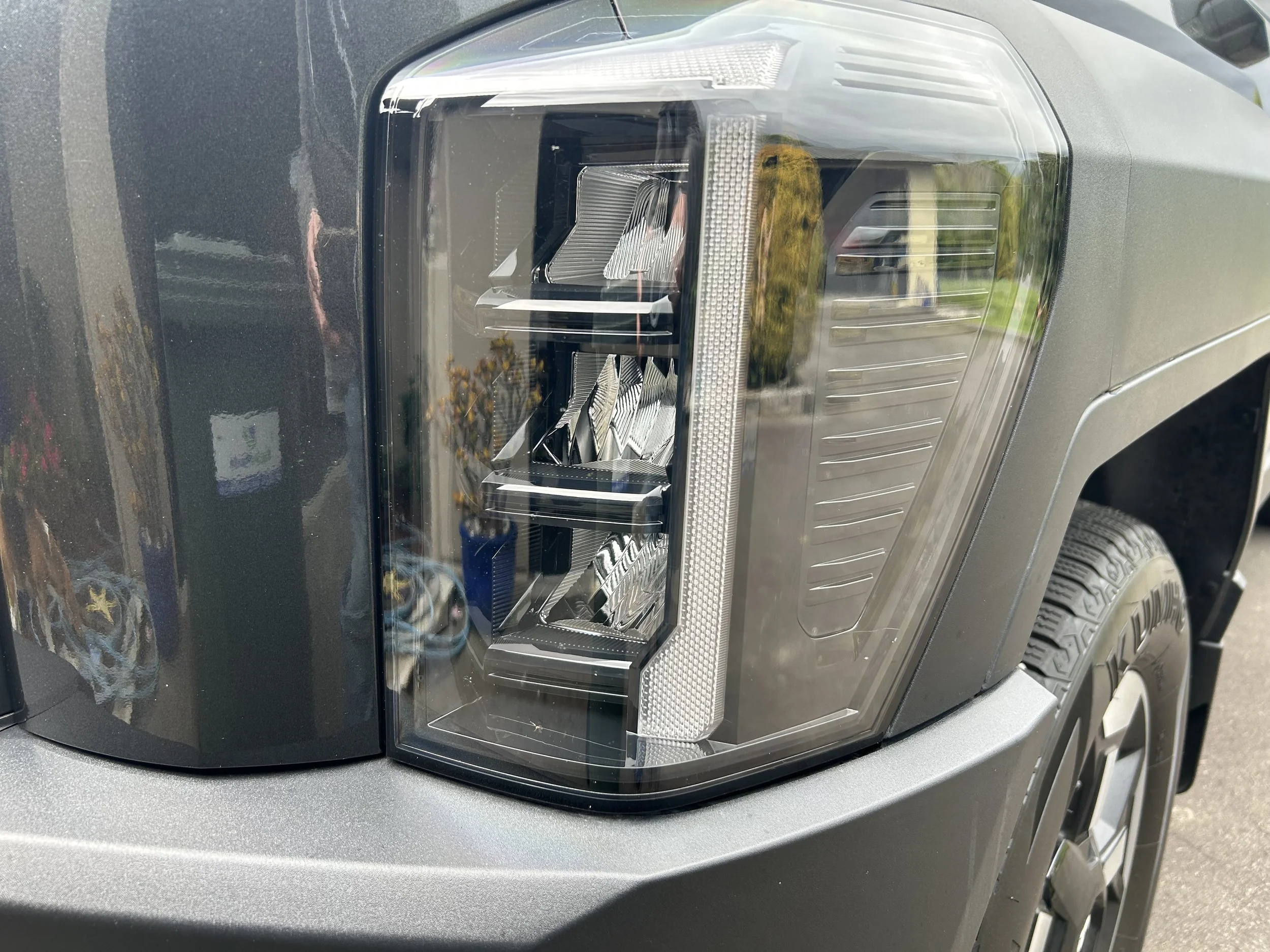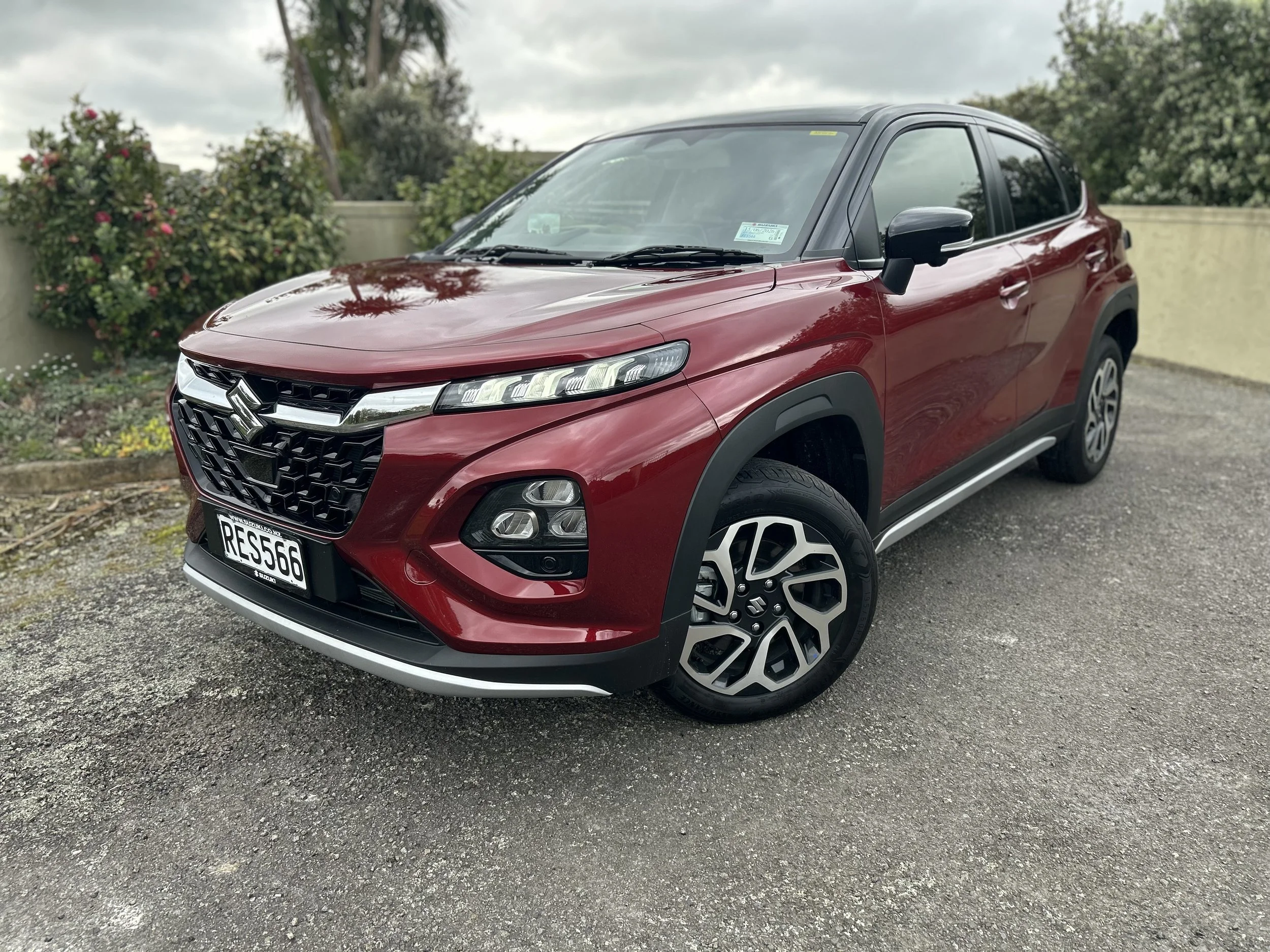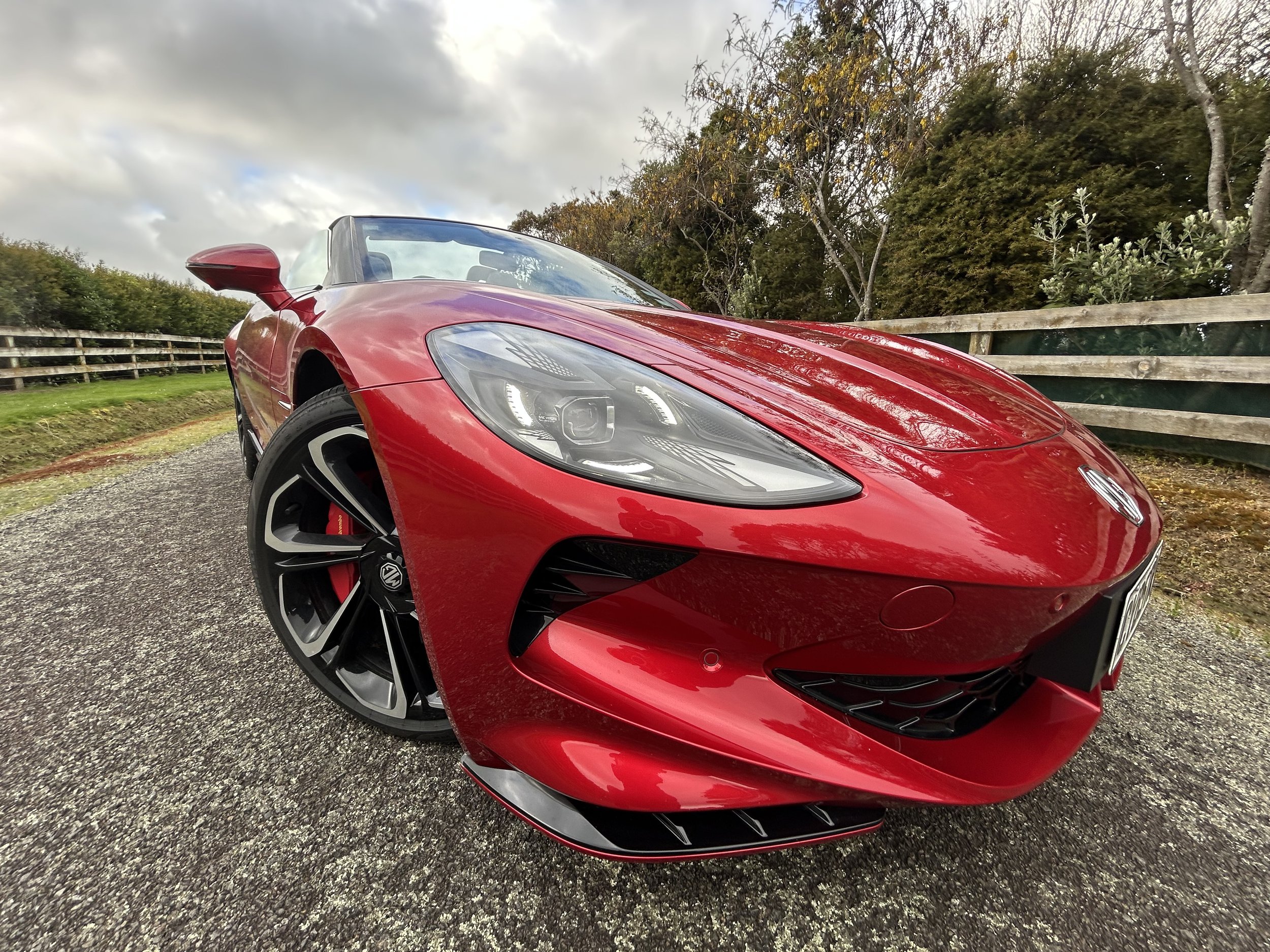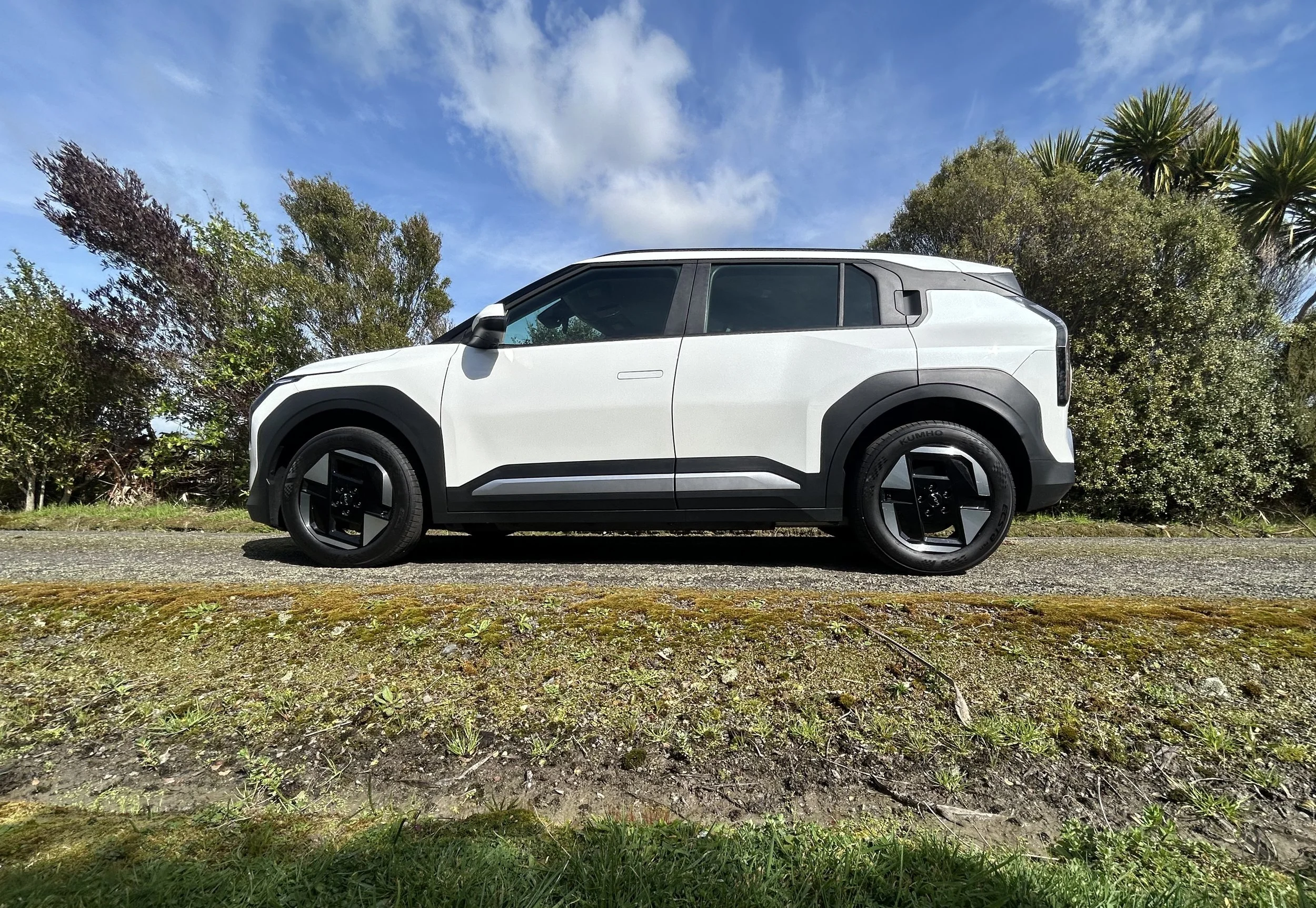‘Star’ seller arriving with no crash test score
/Suzuki won’t predict how the Fronx might perform in the ANCAP test - but hopes it won’t join Swift in the naughty corner.
SAFETY rating sensitivity shouldered by Suzuki since the Swift was walloped by the national crash test accreditor has taken a fresh turn, with a new model landing without any rating and uncertainty about when and how well it might score.
A 1.5-litre compact crossover here to take over from the Baleno that departed in 2022, Fronx arrives with suggestion by Suzuki NZ that it’s a sweet spot car.
Selling for $29,990 until the first 300 are sold, and $31,990 thereafter, this five-seater is cited as being significantly superior - they say - to primary rivals the slightly pricier Kia Seltos, slightly cheaper Kia Stonic and cheaper (but, with 15 years on sale and two more to go, oldest of the lot) Mitsubishi ASX.
But the Wanganui-based distributor knows fulls sales opportunity won’t be possible until our recognised crash test auditor provides a rating, preferably one that will suit buyers who only shop for top scoring product.
Australasian New Car Assessment Programme (ANCAP) determinations are a sales plus point as they are advocated as an accurate safety guide for car buyers on both sides of the Tasman.
Tests take time to organise and, at very best, Fronx won’t even gain attention from the Melbourne-based, NZ agencies-funded regional auditor until September, when it goes on sale in Australia.
Suzuki New Zealand is coy about offering any kind of opinion about how the model will fare, save to venture hope that the outcome of an independent test conducted in Japan in May might be a positive barometer.
Says Suzuki NZ chief executive Gary Collins: “Our only reference point is has been through the Japan NCAP, which is a new protocol for 2025 and which was a four out of five stars.”
As much as that outcome suggests the car has credibility, it means nothing because the Japan NCAP test - the front impact aspect for Fronx pictured below - isn’t recognised here.
Also, there’s sense of once bitten, twice shy in wake of the brand’s last ANCAP experience, with Swift.
That car entered this market with a three star score from European NCAP, but the Australasian sister organisation was less impressed.
ANCAP’s one star score translates to Swift (below) being considered to have marginal crash protection and minimal crash avoidance technology beyond the legal requirements.
It’s the worst crash test rating for the type ever (the preceding Swift was five star) and the lowest for any current Suzuki sold here.
Products with less than five stars are generally cold-shouldered by fleets - Swift has now been and, without a legitimate score, Fronx won’t even be a consideration, Suzuki NZ agrees.
On the other hand, Collins says the Swift keeps doing well enough with private buyers, who are now the primary supporters of all his brand’s cars, that it has been the make’s top seller to date this year, with 918 registered.
Yet other sales data presented by the brand enforces 2025 is a weak year. Swift did much better in past years, particularly pre-2023.
How telling is it that abundant fleet work that sustained prior generations has dried up?
One big spender now cold-shouldering are Government departments. Suzuki’s status as a Beehive-preferred brand for procurement has just ceased.
Because of Swift? Collins didn’t want to go into that when discussing the relevance of safety scores at a July 4 media event for Fronx.
Potential of Suzuki itself to re-engineer Swift to perform better in the ANCAP tests was raised by Collins in December, but nothing has happened aside from head office having established a division to address compliance and regulations.
But the car itself hasn’t changed and whether it will it ever, perhaps at facelift time, is simply not known by the NZ crowd.
“At this point there's been a lot of discussions with our parent company,” Collins says.
“Even though we are a pretty relatively small market, there's been a lot of correspondence going on with them on that subject.”
But no firm outcomes. “At this point in time it's just a continuing discussion point.”
He believes private buyers are still supporting Swift because they look to a bigger picture than simply the safety features. That could well also be the case with ASX, whosde safety score has now lapsed due its age.
Or are Swift buyers simply ignorant of the score? Collins doubts that, saying there is plenty of easily accessible information about the saga. On the other hand, the lack of crash test safety information on the Swift’s window card - which Suzuki NZ devises - reminds there’s no legislative pressure for brands to publicise ANCAP scores.
Like Swift, Fronx has a high mix of active and passive safety features, but though it is designed as a ‘global’ product, most of the production from the factory in India never leaves that country and it so far only exports to Japan and Australasia.
Until or unless Fronx is offered in Europe there’s no requirement for it to undergo Euro NCAP evaluation.
As Fronx has released here well ahead of Australia’s launch, NZ must wait and see what happens in respect to testing.
Says Collins: “That's something that we have to talk with Australia about.
“At the moment we are untested for our market and we couldn't comment on what any score (from ANCAP) could be.”


